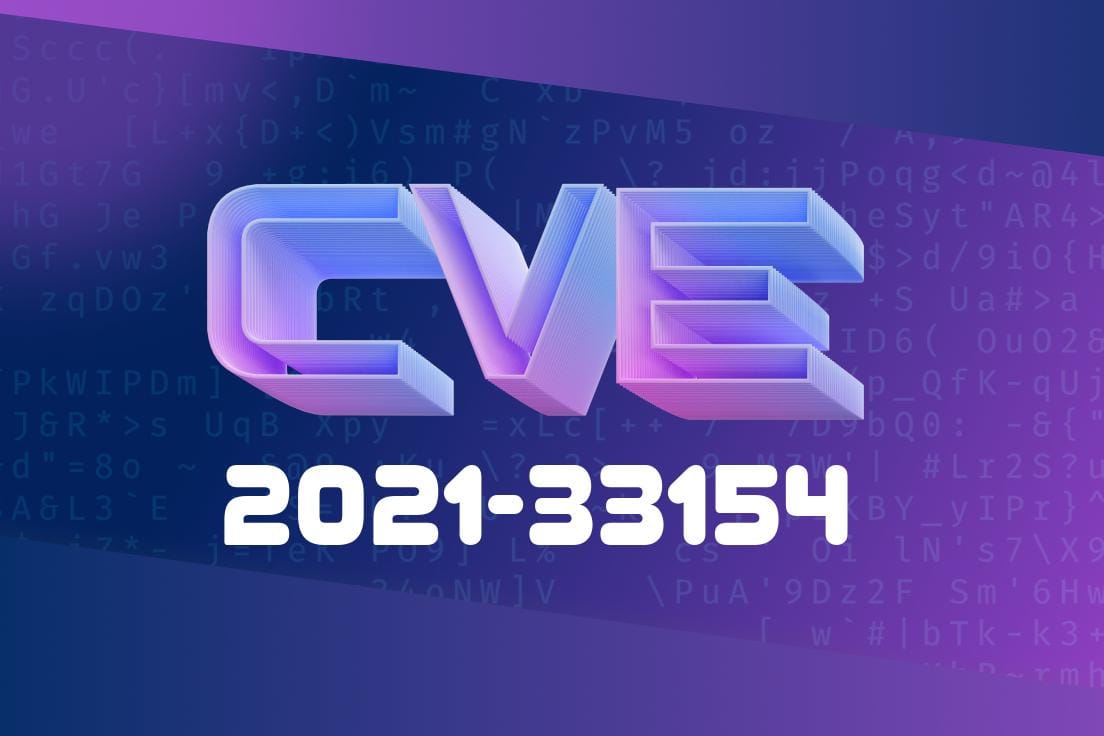---
What is CVE-2021-33154?
Every year, thousands of security flaws get cataloged in public databases. Some grow infamous and make the headlines, while others quietly disappear. CVE-2021-33154 falls squarely into the second category. While it once appeared as a security vulnerability, it was quickly marked as “REJECTED,” meaning it isn’t a real issue. But what does that *actually* mean?
In this post, we’ll walk through the life and death of CVE-2021-33154, what’s behind a vulnerability rejection, and why developers and security pros should still keep an eye on such CVEs.
The Rise and Fall of CVE-2021-33154
When a new bug or security issue is found, it can be registered as a CVE (Common Vulnerabilities and Exposures) for tracking. CVE-2021-33154 was given a spot, but ultimately, it never had an exploit, affected code, or real security risk – it was “unused.”
REJECTED Reason: This is unused.
This phrase is all you see on official pages. So, if you try searching for exploit details, proof-of-concept code, or affected products, there’s nothing real behind it.
Original listing:
- MITRE CVE-2021-33154
- NVD Entry
Unused: The slot was opened but never used.
For CVE-2021-33154, “This is unused” means it was reserved just in case, but no details were filled in. No vendors, no exploit, not even an affected product!
Code Example (Just for Reference)
There’s no exploit code, because there’s no vulnerability. But what might you see in a *real* security post? Usually, there’s a code snippet like this (hypothetical):
// Example of a real buffer overflow vulnerability
void vulnerable_function(char *input) {
char buffer[50];
strcpy(buffer, input); // Potential buffer overflow!
}
Why Should You Care About Unused CVEs?
- False Alarms: Sometimes, CVEs are logged by mistake. If your scan flags CVE-2021-33154, it’s a false positive.
- Clarity: Teams tracking vulnerabilities should double-check any “REJECTED” or “UNUSED” tags.
Links to References
- Official CVE-2021-33154 MITRE Page
- NVD National Vulnerability Database: CVE-2021-33154
- CVE Basics FAQ
Conclusion: Nothing to See Here (But Stay Alert)
CVE-2021-33154 is a non-event. There’s no active threat, no code, no affected software—just a record showing how the system flags, tracks, and closes reports. Unused or rejected CVEs prove the database works as intended, letting everyone know not every alarm is real.
But always verify your sources, and don’t ignore CVE entries, because the next one could be real.
Stay safe, keep your software up to date, and don’t get spooked by unused CVEs!
Timeline
Published on: 02/23/2024 21:15:09 UTC
Last modified on: 02/26/2025 06:26:24 UTC
